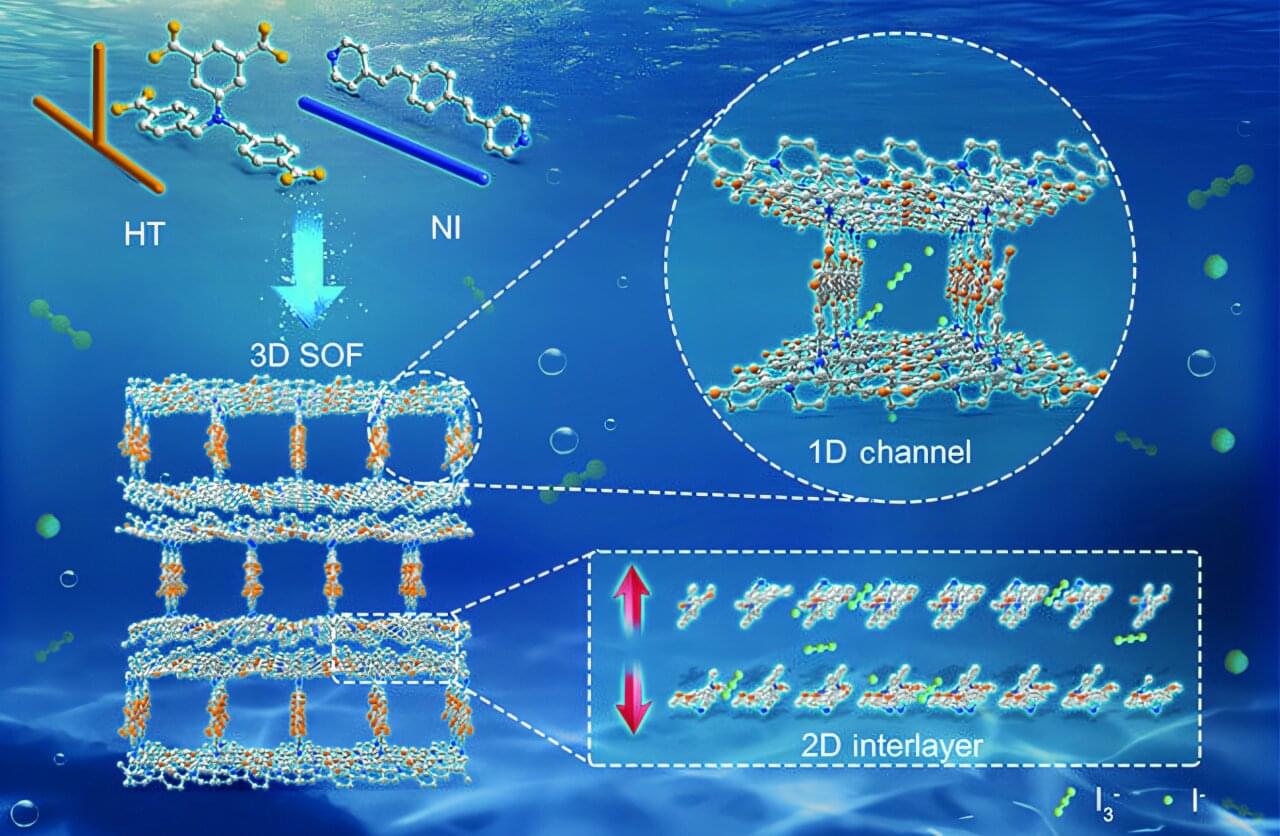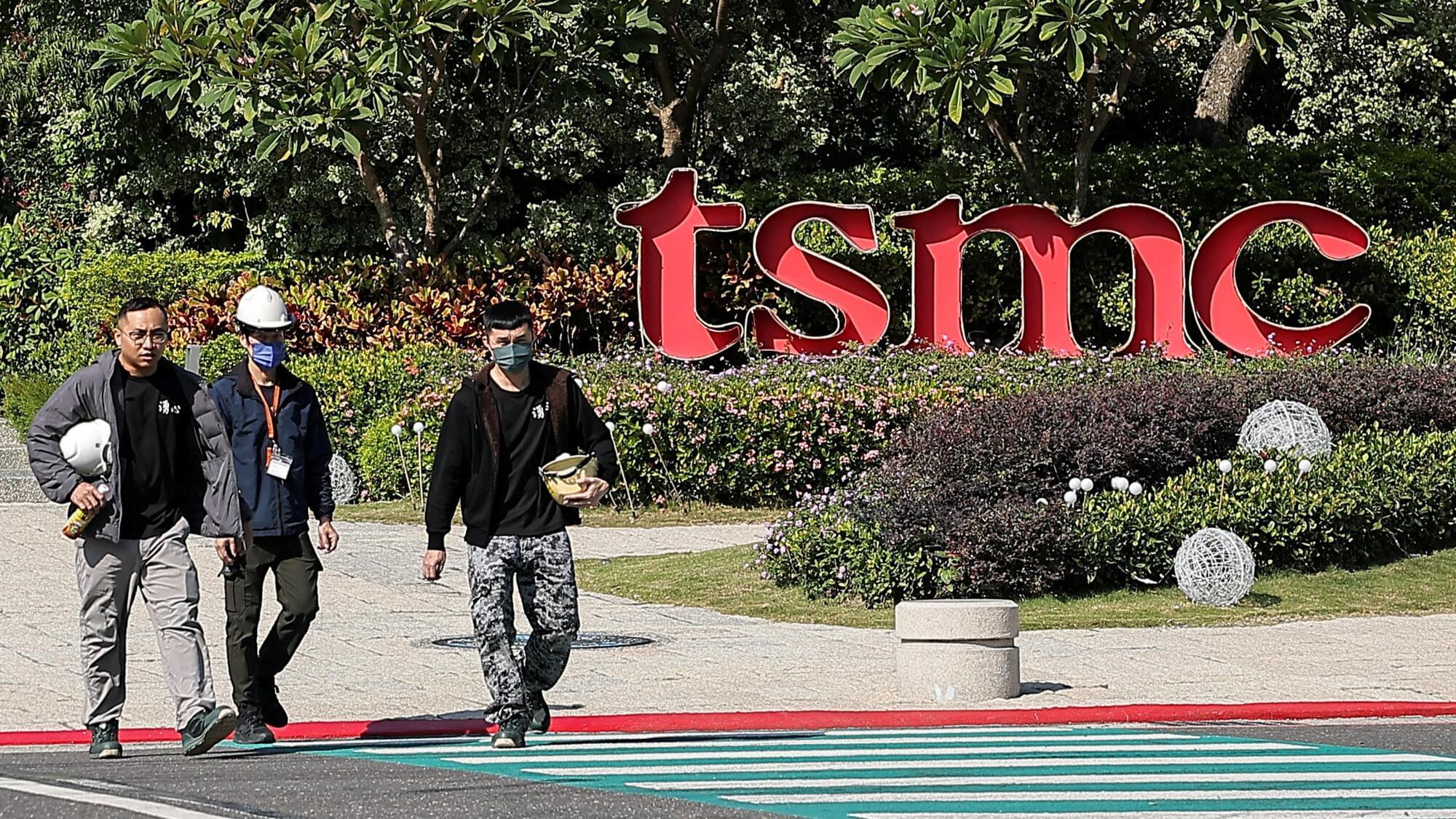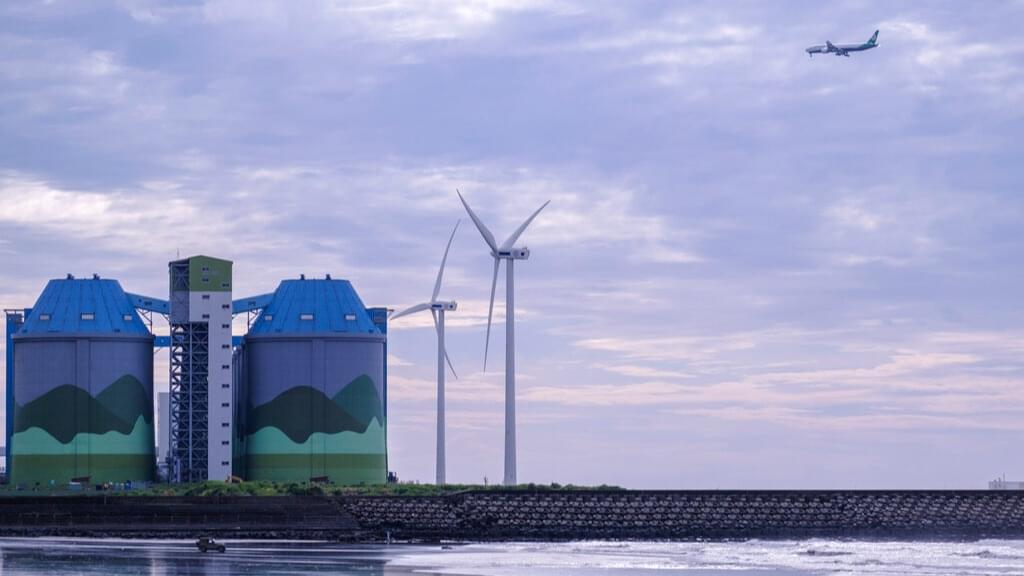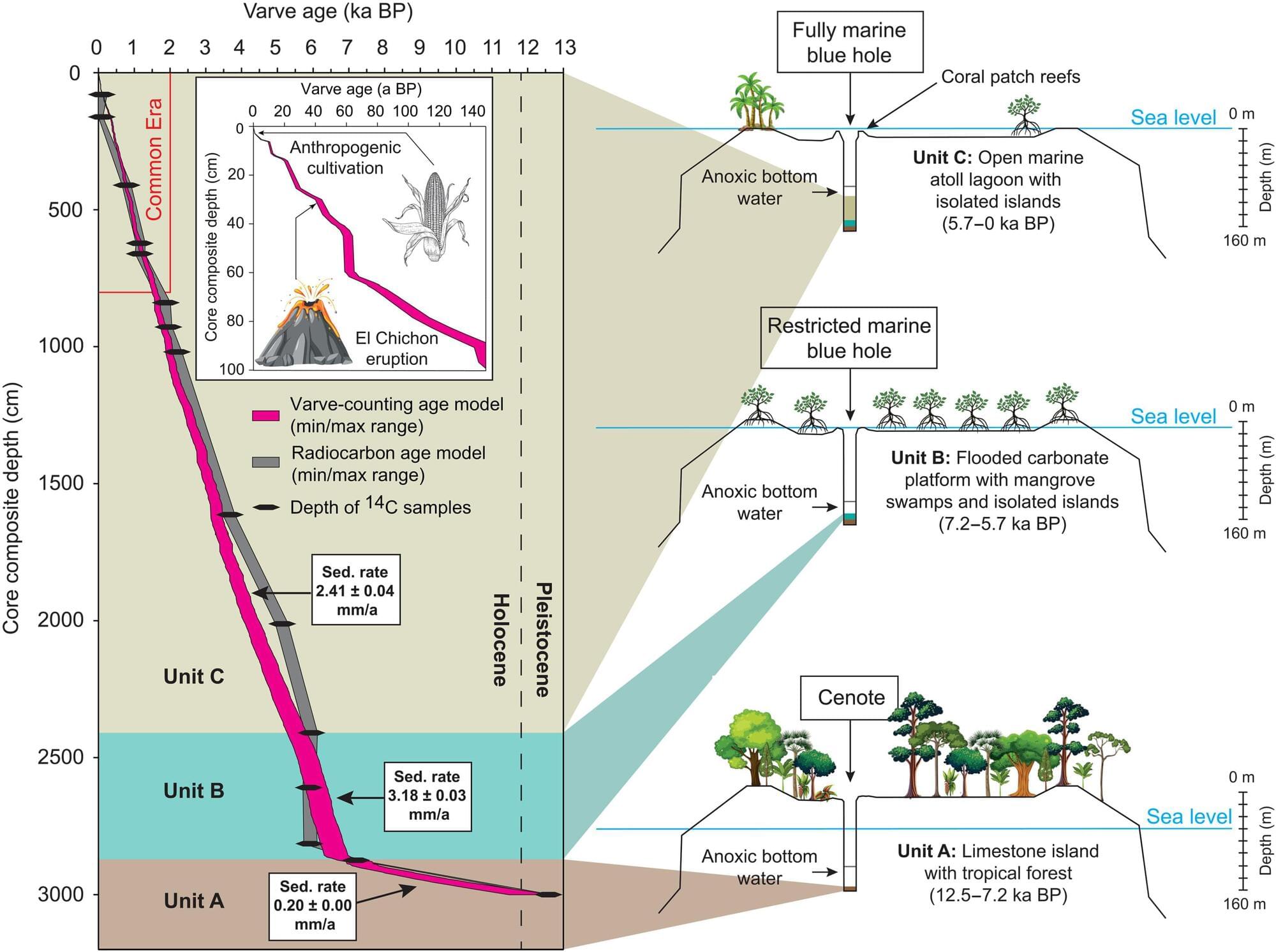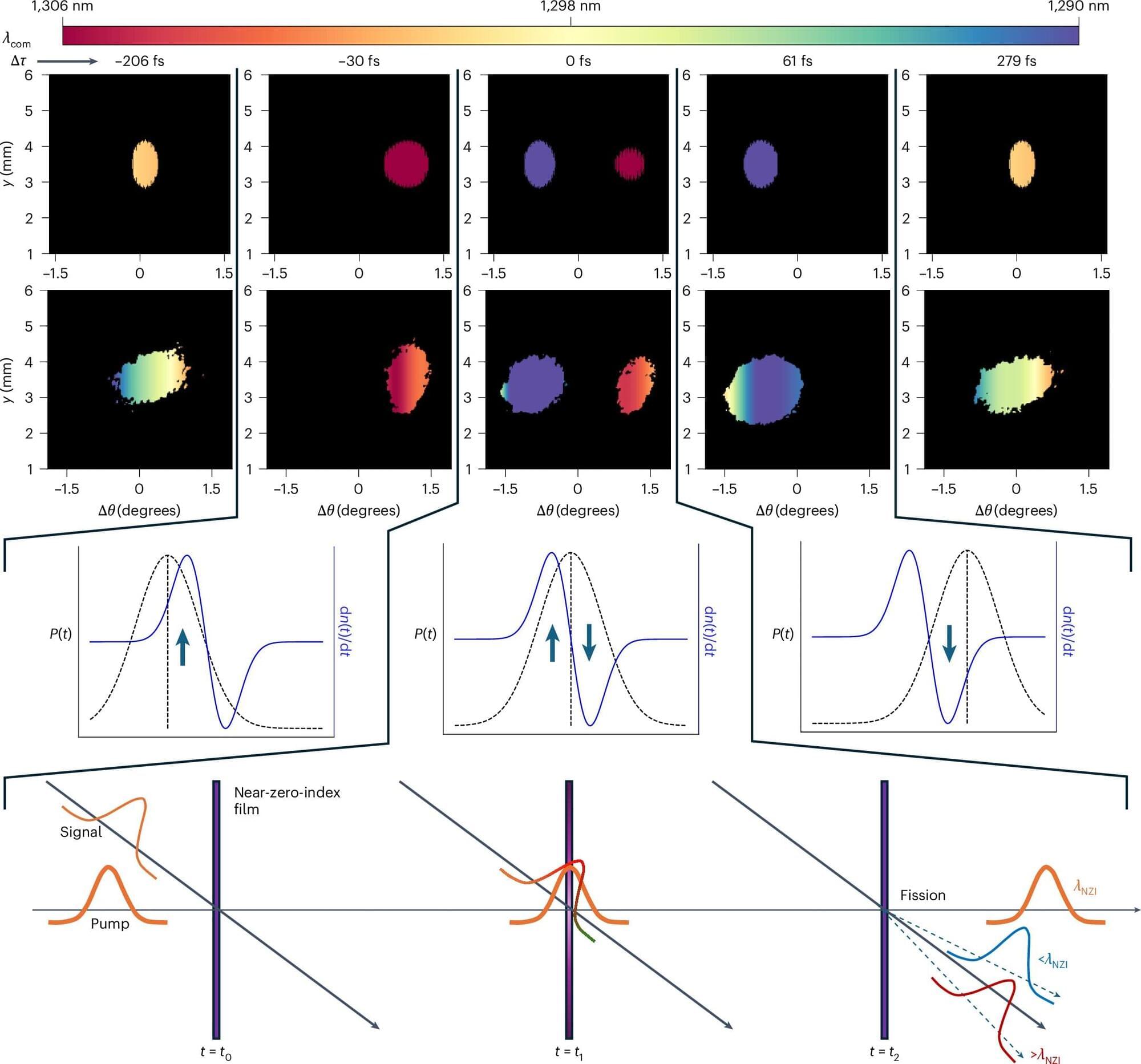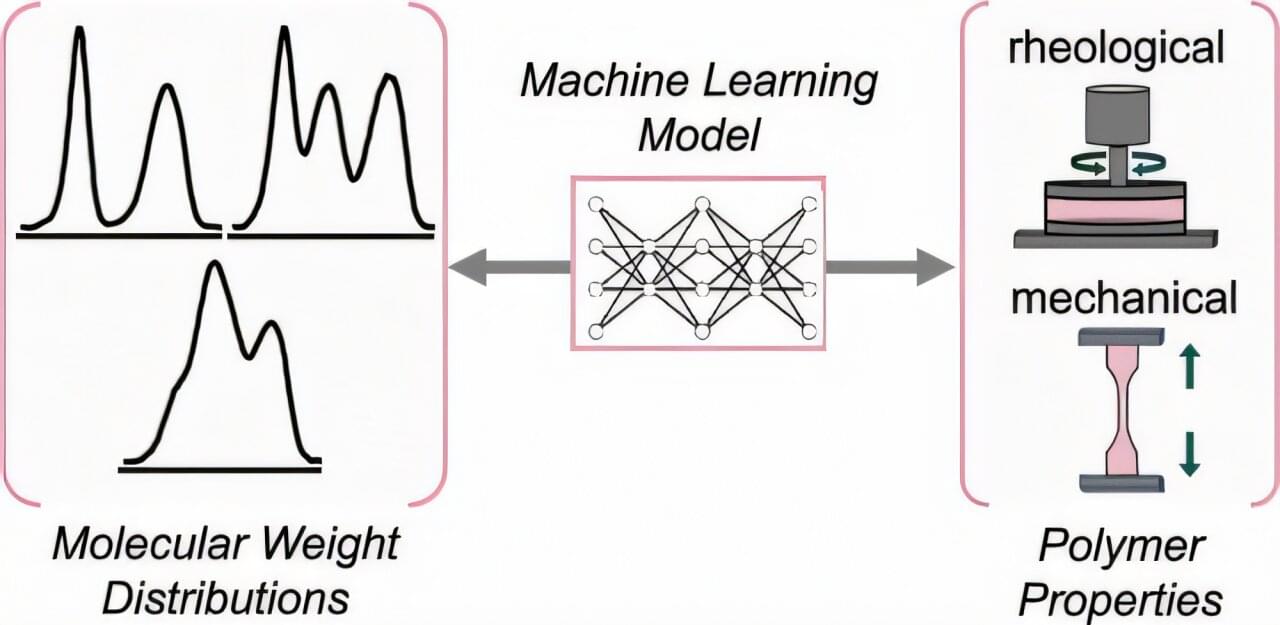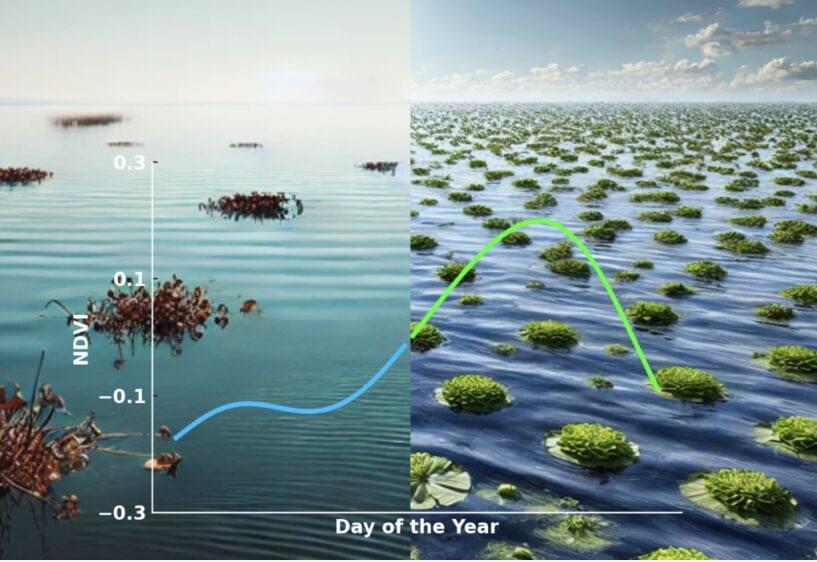Iodine is a crucial element in various industries, but it is one of the least abundant nonmetallic elements on Earth. Although seawater holds around 70% of the world’s iodine reserves, its low concentrations—approximately 60 ppb—make extraction challenging. Additionally, radioactive iodine, which is released during nuclear accidents, presents significant long-term risks to marine ecosystems and human health. Therefore, there is an urgent need for effective strategies to both extract iodine from seawater and address radioactive iodine pollution.
Now, a team at Hainan University has developed a supramolecular organic framework (SOF) for iodine capture from seawater. This framework has demonstrated the ability to remove 79% of iodine pollution in a simulated contaminated environment. In natural seawater, it achieves an ultrahigh iodine adsorption capacity of 46 mg g−1 within a 20-day extraction period. The research is published in the journal Research.
“The sustainable extraction of iodine from seawater is not only vital to meet the increasing global demand but also essential for mitigating the ecological risks posed by radioactive iodine pollution,” said senior author Ning Wang. “Innovative materials can contribute to the field by enhancing the selectivity and capacity for iodine extraction from seawater. Our findings showcase an effective strategy for fabricating multi-dimensional 3D SOF materials and also present a promising material for iodine capture from seawater.”
